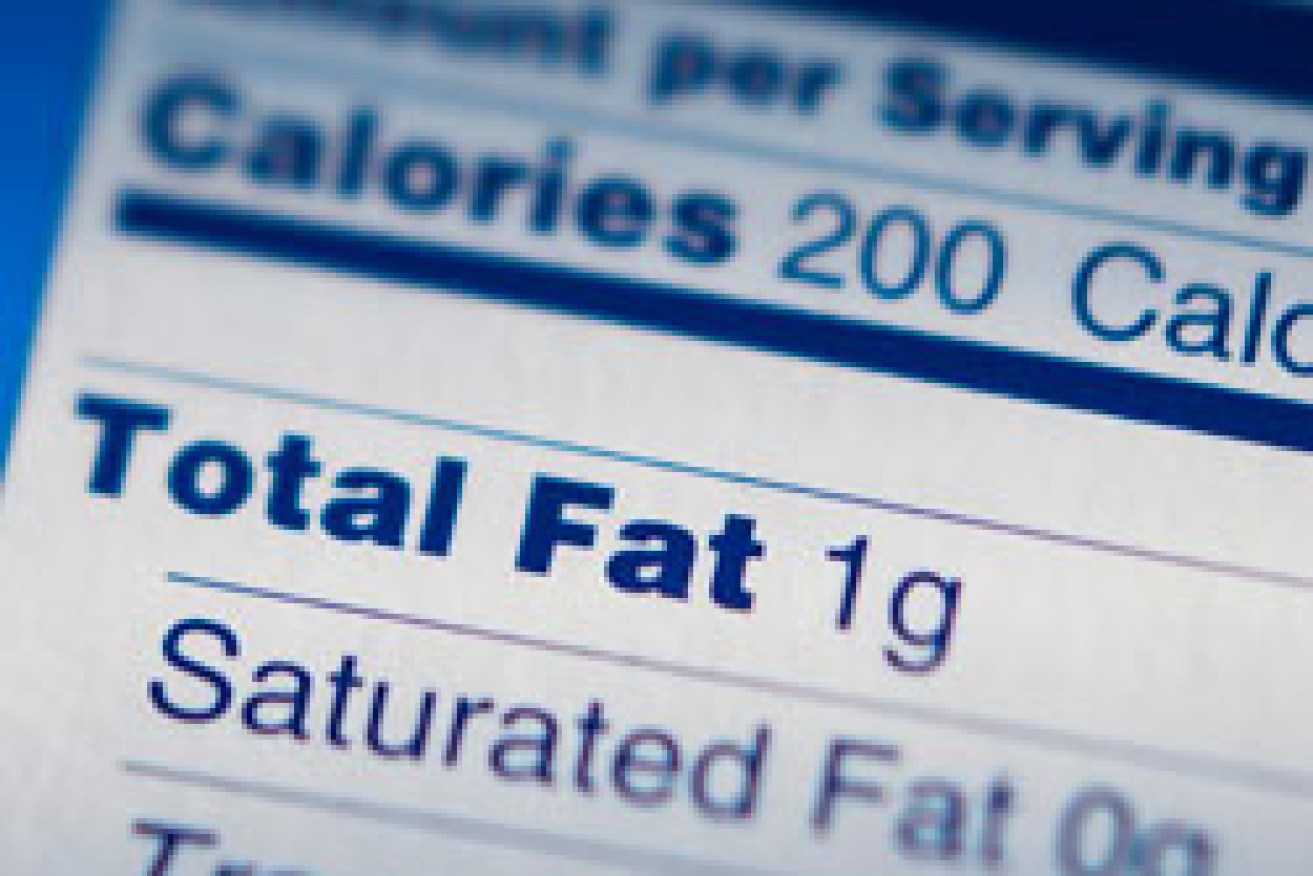How new food labels could help you lose weight


Labels could be a lot helpful than this. Photo: Getty
How much cardio exercise would it take to burn off a Big Mac from McDonald’s? For men, 42 minutes and for women, 51 minutes.
And what about a bar of Cadbury’s Dairy Milk chocolate? Just over 20 minutes for men, and 25 for women.
These answers and ones similar could soon be on ‘activity equivalent’ food labels that would motivate people to adopt healthier eating behaviours, health experts believe.
• Two simple ways to lose weight
• Why you should eat your breakfast – twice
• Australia has ‘no chance’ of beating obesity
In an editorial published in The BMJ, Shirley Cramer from the UK’s Royal Society for Public Health has argued that giving consumers a direct link between the energy content of food and the physical activity required to expend that energy could help to reduce obesity.
Ms Cramer writes that the aim of the new food labelling “is to prompt people to be more mindful of the energy they consume and how these calories relate to activities in their everyday lives”.
She has proposed that activity equivalent calorie labelling would provide consumers with easy to digest information that can help them to make smarter food choices.

Better labels could lead to better choices. Photo: Getty
For example, a can of soft drink would have a label indicating that it will take about 26 minutes of walking to burn off.
Public polling conducted by the Royal Society of Public Health shows that around 44 per cent of people in the UK thought current ‘traffic light’ food labels were too confusing, and around 53 per cent of respondents said they would positively change their behaviour as a result of the proposed new labels.
Should Australia follow suit?
One of Australia’s leading nutritionists, Dr Rosemary Stanton, has praised the proposal because it would provide “practical information”, and said it should be adopted here.
“At the moment, the information on food labels is too difficult for people to work out what the energy content of the food means,” Dr Stanton told The New Daily.
“I think something like this gives people very good practical information without requiring them to remember numbers, it just gives a very important message.”
Current food labelling laws in Australia dictate that the energy content must be provided, often in the form of kilojoules instead of calories, but Dr Stanton said this information could be adjusted to encompass the proposed activity equivalent labels.
Nutritionist Dr Joanna McMillan was not convinced, though.
She criticised the idea and says a one-size-fits-all approach to exercise recommendations doesn’t work.
“You could be proposing to just say that this would be for the average adult how much exercise you would need to do, but the reality is that the amount of energy you expend during exercise is very different if you’re a 45kg woman compared to a 115kg man,” Dr McMillan told The New Daily.
And she feels the focus on energy expenditure sends a more negative message.

Labels could be a lot helpful than this. Photo: Getty
“It undermines the true value of exercise, I feel that it really doesn’t allow people to understand that exercise is about so much more than how many kilojoules you burn during exercise,” she added.
“By going for a walk, you’re benefiting your heart, you’re increasing your muscle mass, you’re increasing blood flow, you’re improving brain function.
“All of these things get lost if we just judge exercise on how many kilojoules you burn during it.”
The ‘healthy stars’ that mislead
Australia’s Health Star Rating (HSR) system, introduced in June 2014 and is being rolled out voluntarily by the food industry over a five-year period, has been criticised by experts for misleading consumers.
“The algorithm which is used to calculate the health stars is way too kind to lots of foods and it doesn’t take enough account of the contribution that’s made by things like sugar and salt,” Dr Stanton said.
“It works for some foods, but [other] foods get the health star rating that is way beyond what most nutritionists would consider useful information.”
In February, the consumer advocacy group CHOICE released a report that showed how food giants Nestle and Kellogg’s were gaming the HSR system to give their products an inaccurate rating boost.
For example, Nestle gave its popular Milo a 4.5 HSR, but this was only if it was served with skim milk; on its own, Milo should only have a health star rating of 1.5 HSR.









